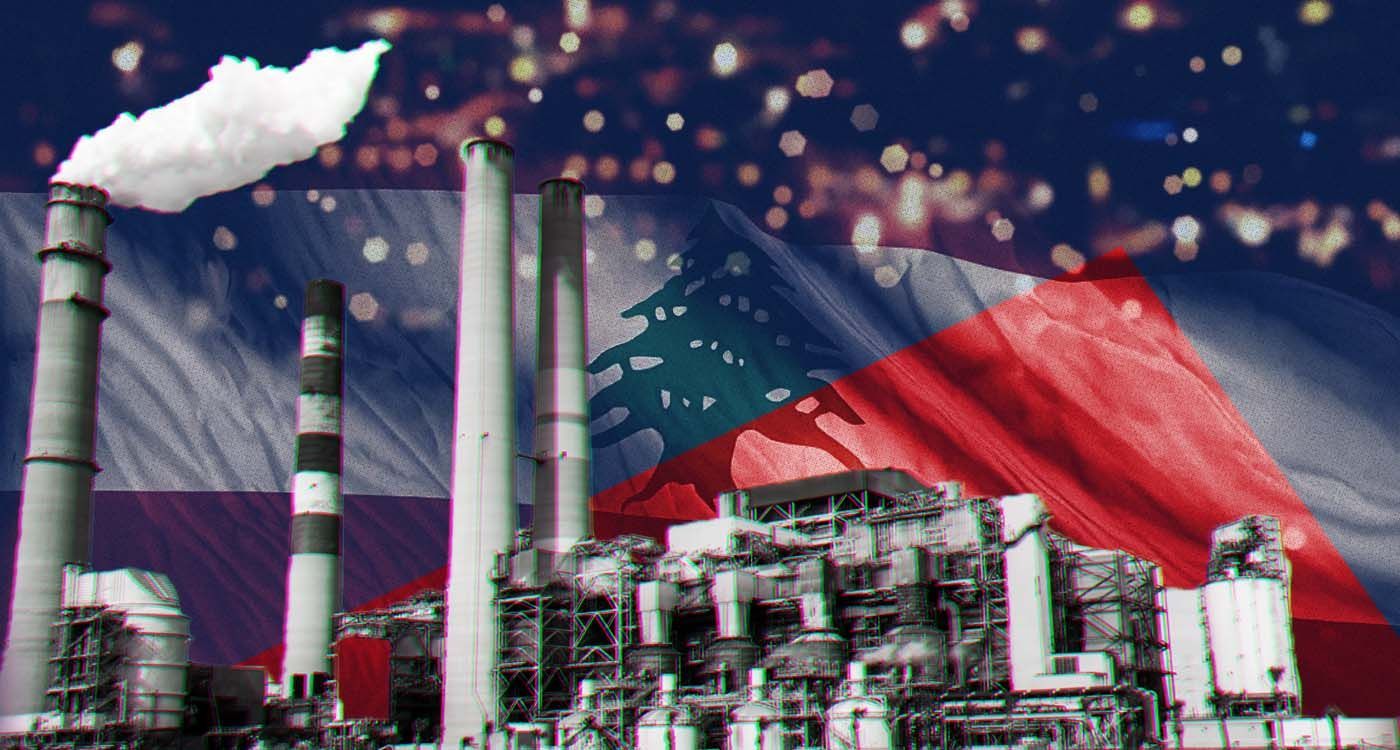
Despite the ongoing crisis that has shaken the country since 2019, Lebanon’s industrial sector is holding on and reshaping itself. While the number of factories is increasing on paper, and exports are nearly back to pre-crisis levels, the sector’s contribution to GDP remains severely diminished. Here is a data-driven overview of an economic pillar still searching for direction
In Lebanon, industry remains both a social buffer and a key provider of foreign currency. Yet its macroeconomic footprint has shrunk, reflecting an economy battered by currency collapse, weak domestic demand, and high energy costs. Caught between export momentum and fragile profit margins, the “made-in-Lebanon machine” moves forward cautiously.
Number of Industrial Facilities in Lebanon?
According to the Ministry of Industry’s Directory of Exports and Industrial Establishments, the country counted 18,542 industrial units at the end of 2024. Among them, 8,771 are listed under the harmonized system, while 5,358 are registered as ministry-approved factories. Together, they produce 1,656 products, including 1,179 destined for export.
Before the crisis, the sectoral structure was clear: agri-food represented 26% of establishments, followed by construction materials (12%) and chemicals (8%). These proportions still hold in 2025, with agro-food and pharma-chemical sectors driving most exports.
A Shrinking Share of GDP
Recent national statistics show a dramatic decline in the industrial sector’s share (excluding services): 2.1% of GDP in 2023, compared with over 16% on average before the crisis. This drop reflects the contraction in activity since 2019 and the erosion of purchasing power.
Still, industrial exports remain robust. According to the Ministry of Industry, exports reached $2.51 billion in 2024, a slight 1.5% decline from 2023 but close to 2018–2019 levels. Arab countries remain the primary destinations, followed by the European Union, evidence of a resilient export base despite weak domestic demand.
Employment: One-Fifth of the Workforce
According to the International Labor Organization (ILO), industry employs about 20% of Lebanon’s active workforce. Before the crisis, the Investment Development Authority of Lebanon (IDAL) estimated 318,000 direct jobs in the sector – nearly one-fifth of total employment.
However, manufacturers face three major bottlenecks: cost and reliability of energy, access to finance, and compliance costs (raw materials, logistics, certification).
Studies by the Lebanese Center for Policy Studies (LCPS) and the Association of Lebanese Industrialists (ALI) highlight these challenges while pointing to opportunities: moving up the value chain, import substitution, and regional integration.
A Vital Sector for Foreign Currency and Growth
In 2025, and based on data from the Ministry of Industry and the Central Bank, each dollar exported by Lebanese industry brings in nearly 30% of the net foreign currency entering the country. This underscores how vital the sector – often underestimated – remains for monetary stability and the survival of local businesses.
With a direct contribution of around 2% of GDP, but a much larger multiplier effect across value chains (transport, trade, services), Lebanon’s industry is not a relic of the past; it is a cornerstone of economic reconstruction.
Yet it still awaits three essential conditions: reliable energy, restored trust, and a clear national vision. In a country where power shortages are routine, it may ultimately be the factories that reignite the spark of economic growth.





Comments